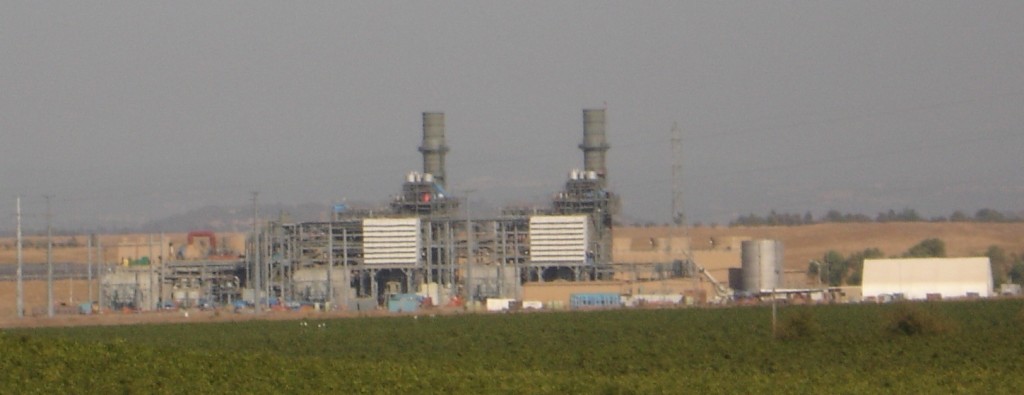Natural Gas Technologies Explained Simply
Description
Natural Gas Technologies discusses everything you need to know about Natural Gas, including extraction, refining, transportation, and safety.
The information in this book will answer all questions you have regarding natural gas including:
- Where can natural gas be found?
- How do we extract and refine natural gas?
- What are the environmental effects of fracking?
- How can we minimize flammability and explosions?
- How do we maintain the pipeline system?
This book also discusses other types of hydrocarbon fuels including diesel, biodiesel, and biomass.
Chapters Include
- Overview of Hydrocarbon Fuels
- Overview of Natural Gas
- Finding and Extracting Raw Natural Gas
- Fracking Operations
- Refining Natural Gas
- Transporting and Storing Natural Gas
- Other Hydrocarbon Energy Technologies
- Appendix and Index
Expanded Table of Contents for Natural Gas Book
Items Found ONLY in this Book
There are several features of this book which will appeal to the reader. The first is that the entire book is very easy to read. I have discussed all processes, and all technologies related to natural gas – and even included several important facts within the text – and yet the entire book is a very simple and breezy read. (In terms of breeziness and flow, I think this book is one of my best in the series).
The second feature which readers will appreciate is the detailed analysis of Fracking. The process of fracking to obtain natural gas is of great concern to many people. Therefore it is important for readers to have the facts. You want to know everything about the fracking process. You want to know the chemicals used, and the potential hazards to the environment. Yet, you don’t want to wade through the data. Therefore you will appreciate the chapters on fracking, which provide descriptions of the process, as well as all of the essential facts, while all done in very easy-to-read manner.
You would also like to know how we can make the fracking process much safer. Therefore I have taken care to find the best practices and present these in summary form to the public.
The reader will also appreciate various facts, tables, and practical tips sprinkled throughout the book.
Research for Natural Gas Publications
Details Worth Noting in This Book (Chapter by Chapter)
Chapter one provides an overview of hydrocarbon fuels. In this chapter you will learn how hydrocarbon fuels are formed. You will also learn about the different types of hydrocarbons which can be used as fuel.
Chapter two provides an overview of Natural Gas. In this chapter you will learn about the chemicals associated with natural gas and the energy which can be obtained from natural gas. You will learn the advantages and disadvantages of natural gas. Significant time is devoted to the hazards of natural gas, particularly hydrogen sulfide and explosions.
Chapter three discusses how we can find and extract natural gas. Natural gas can be found in a variety of locations. However, extracting natural gas requires us to consider factors which are unique to each location. The options will be discussed here.
Chapter four discusses fracking. Fracking is a general term for using a high pressure mixture to break apart the rocks which trap natural gas. Fracking is commonly used by industry, yet can severely harm the local environment. Many citizens are understandably concerned. Therefore in this chapter we discuss fracking in great detail, including the process, the environmental impact, and the possible options.
Chapter five discusses the refining operation for natural gas. Raw natural gas contains numerous chemicals other than the natural gas, and therefore must be refined significantly before the gas can be used. This chapter explains all of the major processes for refining natural gas.
Chapter six discusses the transportation and storage of natural gas. The primary transportation system for natural gas is the pipeline system spread throughout the nation. Therefore this chapter discusses the three main pipeline systems: the Gathering System, the Transmission System, and the Distribution System. We begin with a general overview of the pipeline systems. This is followed by discussions of pipeline construction, pipeline corrosion, pipeline inspection, and natural gas compressors.
In chapter six we also discuss an alternate method of transporting natural gas: liquefied natural gas. We discuss the process of compressing gas into liquefied natural gas. This is followed by practical tips regarding transportation and storage of the liquefied natural gas.
Chapter seven takes us in a new direction, discussing a variety of other hydrocarbon fuels which are used for the creation of electrical power. Topics include diesel, biodiesel, biomass, and cogeneration.
In the Appendix you will find brief explanations of terms and abbreviations commonly used by the Natural Gas Industry.
The book is completed with a comprehensive index which will help the reader find any topic easily.
Videos related to Natural Gas

